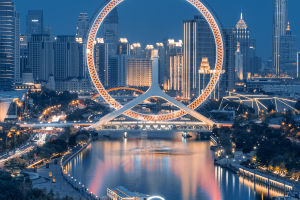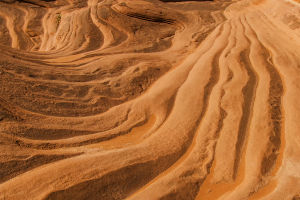The lighthouse is a high tower-shaped building, installed in the tower item lighting equipment.
The location should be prominent, and pay attention to its should have a specific architectural shape, easy to distinguish the ship, while becoming one of the highest points in the port.
Because the earth's surface is curved, so the tower must have sufficient height, so that the light can be seen by ships at a distance, the general sight distance of 15-25 nautical miles.
But the light should not be too high, so as not to be obscured by the high clouds.
According to the size of the lighthouse and the location of the characteristics of the lighthouse can be guarded, can also be unguarded, important lighthouse should be guarded.
Lighthouses are mainly composed of towers and luminaires.
A lighthouse consists of a luminaire and a tower.
The tower can be constructed by a variety of building materials, mainly to adapt and resist the wind and waves and other harsh natural conditions, in order to maintain their own stability and durability.
The height of the tower to adapt to the light range requirements.
The luminaire is composed of two basic parts: the luminaire and the light emitter.
Modern lighthouse light-emitting energy mainly uses electricity, the luminous body center of the luminous device is located in the focus of the spotlight lens, the light source radiation is spherical light through the spotlight lens into a certain diffusion angle of the parallel beam.
The range of the lighthouse can reach about 30 nautical miles, the intensity of light can reach hundreds of millions of candles.
The light has a flash, lightning and light and dark light, etc..
Light color has red, white or green, white.
Usually red and green light indicates the presence of obstacles within the light arc.
The former lighthouses symbolized hope because they were lit by firelight.
Compared to the tower, the light used in the lighthouse is the core part.
The light source used in traditional lighthouses was vegetable and animal fat , and the fire bowl was placed on the surface of the mercury to keep it stable.
While the resident lighthouse worker used a clockwork to drive the mirror behind the fire source to rotate at a constant speed, allowing the light to be cast in all directions.
In 1782, Amy Algonquin invented the Algonquin lamp.
Algonquin invented the Algonquin lamp, which is a glass tube covering the flame.
So that the flame can be stable and fully burned, which solves the problem of erratic and flickering fire, the use of this lamp, the brightness of the flame can be increased by 6-7 times.
After the light source is stable, the engineers have replaced the mirror behind the fire source with a convex lens in front of the fire source, so that the distance cast is farther.


